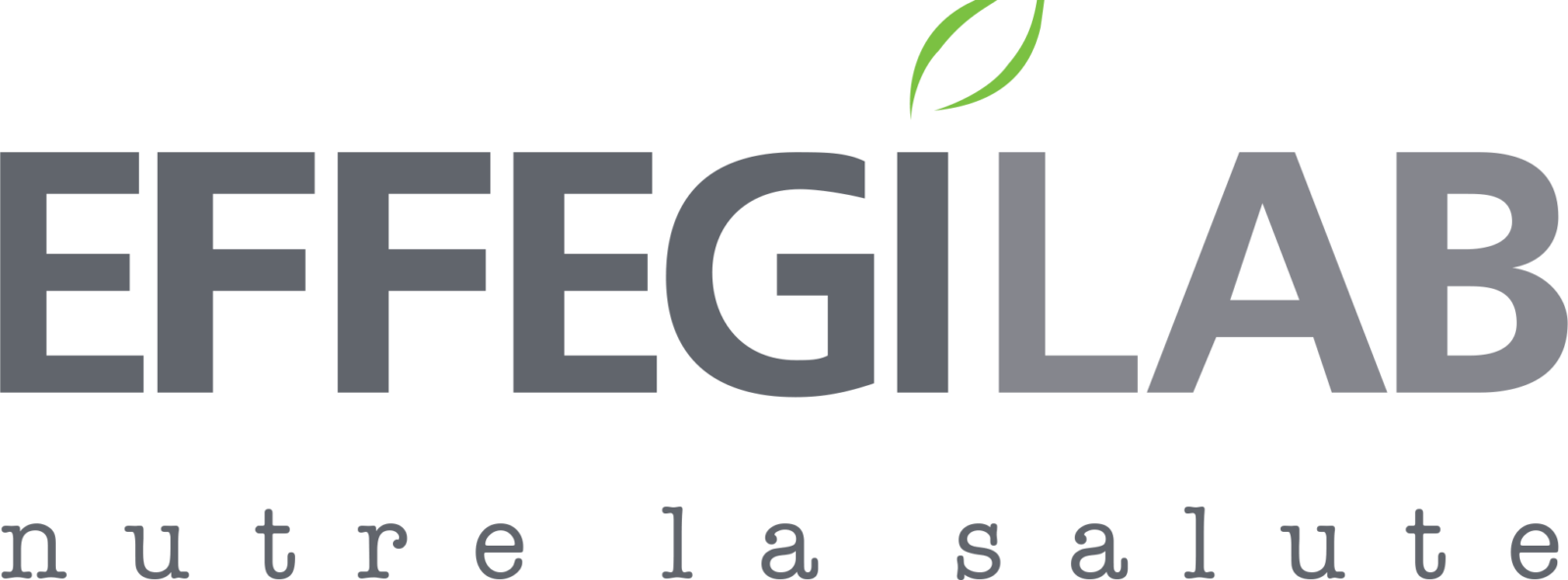In recent years the interest on the melatonin and its physiological functions have expanded, in fact, it has been discovered that melatonin, initially considered as a hormone restricted to vertebrates, is a ubiquitous molecule, present in organisms belonging to phylogenetically very distant taxa. The melatonin molecule seems to have been evolutionarily conserved, its presence has been demonstrated in numerous phylogenetically distinct organisms belonging to prokaryotes, yeasts, protozoa, crustaceans, insects, molluscs. These data prompted researchers to verify its presence also in plants, which has been confirmed. The significance of melatonin outside vertebrates and, in particular, in plants is a source of studies. It has been proposed that melatonin may also play a role in the measurement of photoperiodic time and in the regulation of circadian rhythms in plants. It has also been proposed that melatonin may play a role in plants important role in protecting radicals and, generally, as an antioxidant agent, in this sense, therefore, it can play a role in all those phenomena where oxidative damage is involved, such as exposure to stress conditions (high or low temperatures, pollutants, ozone, UV rays) .
Fitomelatonina
Since the plant world is rich in melatonin it has been possible to obtain, from some alpine plants, a oily extract particularly rich in this molecule.
It is the lipophilic fraction of these plants, obtained through a particular extraction process, which allows to standardize the quantitative title in melatonin. It also contains tocopherols, phytosterols, polyunsaturated, unsaponifiable fatty acids, squalens. This excerpt for his antioxidant, moisturizing and protective UvA and UvB activity, is indicated to improve resistance, delay the effects of aging and protect the skin from the attacks of the external environment. The following properties have been supported by experimental tests: antioxidant, moisturizing, sun filter and skin compatibility.
Antioxidant activity of Phytomelatonin
The antioxidant activity was tested at the'University of Ferrara, through the application of two different investigation methods: the photochemiluminescence method (Pcl) and the Orac test. In the first case, the results were expressed in μmol equivalent of Trolox (synthetic analogue of vitamin E), for the antioxidant capacity of the lipophilic component and in μmol equivalent of ascorbic acid, for the antioxidant capacity of the hydrophilic component.
The sample of Fitomelatonina resulted in an antioxidant capacity of the hydrophilic component of 1.51 ± 0.101 μmol ascorbic acid / g, while the lipophilic component obtained a value of 1.87 ± 0.015 mmol trolox / g. The Orac test determined the effective ability of Phytomelatonin in capturing free radicals. In this case the results of the experimentation were expressed as μmol equivalent of Trolox per gram of sample and the value of the Phytomelatonin sample was equal to 13.50 μmol Trolox equivalent / g in the hydrophilic portion and 0.23 μmol Trolox equivalent / g in the lipophilic portion.
Both methodologies used allow us to state that Fitomelatonina has an antioxidant activity (both towards the hydrophilic and lipophilic component) comparable to the antioxidant activity of best vegetable oils.
The information contained on the Site, in the various articles, in the contents, in any responses to comments, are for informational purposes only and in no way have the claim or purpose of replacing the opinion of the doctor and / or specialist, of others. health professionals or professionals in the sector who must in any case be contacted and consulted for the formulation of a diagnosis or the indication of a possible correct therapeutic and / or dietary and / or food supplement program, and more generally for the comparison on this information. In no case will the Site, the Publisher who manages it, the authors of the articles and / or contents and / or comments and / or blogs, or other subjects connected to the Site, be responsible for any damage, even if only hypothetically connected. the use of the contents and / or information present on the Site. The Site assumes no responsibility for the misuse that users may make of the information contained in the Site.








